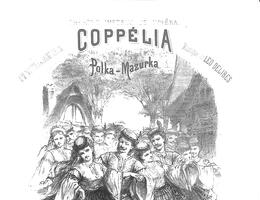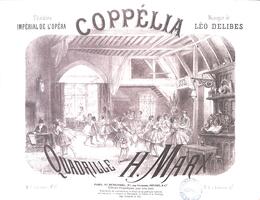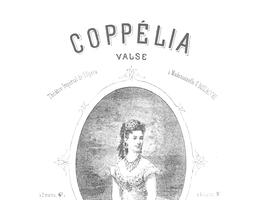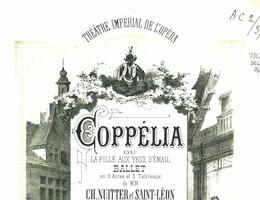Coppélia ou La Fille aux yeux d'émail
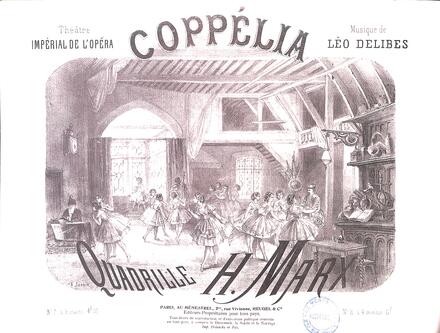
Ballet premièred at the Paris Opéra on 25 May 1870.
After two successes at the Paris Opéra, with La Source in 1866, then a divertissement added in 1867 to Adolphe Adam’s Le Corsaire, Delibes was commissioned to compose music for a new ballet. The choreographer Saint-Léon and the librettist Charles Nuitter adapted a story by E.T.A. Hoffmann, Der Sandmann. They softened its darker side (in Hoffmann, the hero, in love with a doll, commits suicide) by turning the spotlight on the bright character of Swanilda. Mischievous and clever, she is prepared to do anything to win back her fiancé, Franz, who has become infatuated with Coppélia, the life-size doll created by Dr Coppélius. Thanks to Swanilda and her pranks, Franz eventually recognises that Coppélia is just a doll and returns to his fiancée. The final grand divertissement sees everyone reconciled. Originally intended for Adèle Grantzow, the principal role of Swanhilda was finally taken by the sixteen-year-old Giuseppina Bozzacchi, whose grace and intelligence captivated audiences. The Paris Opéra maintained its en travestie casting of Franz, danced at the première by Eugénie Fiocre, well into the 1950s. Saint-Léon’s requirements did not restrict Delibes’s creativity. The horns in the prelude set the romantic mood of Hoffmann’s tale, while the composer unleashes his verve in the airs full of gaiety that accompany Swanilda’s triumph. The successful run of performances, interrupted by the Franco-Prussian war and the Siege of Paris, resumed in 1871, but without Bozzacchi, who sadly had died on her seventeenth birthday (23 November 1870). The ballet has never left the Paris Opéra repertoire, and its combination of fine music and a good storyline continues to inspire choreographers to this day.

